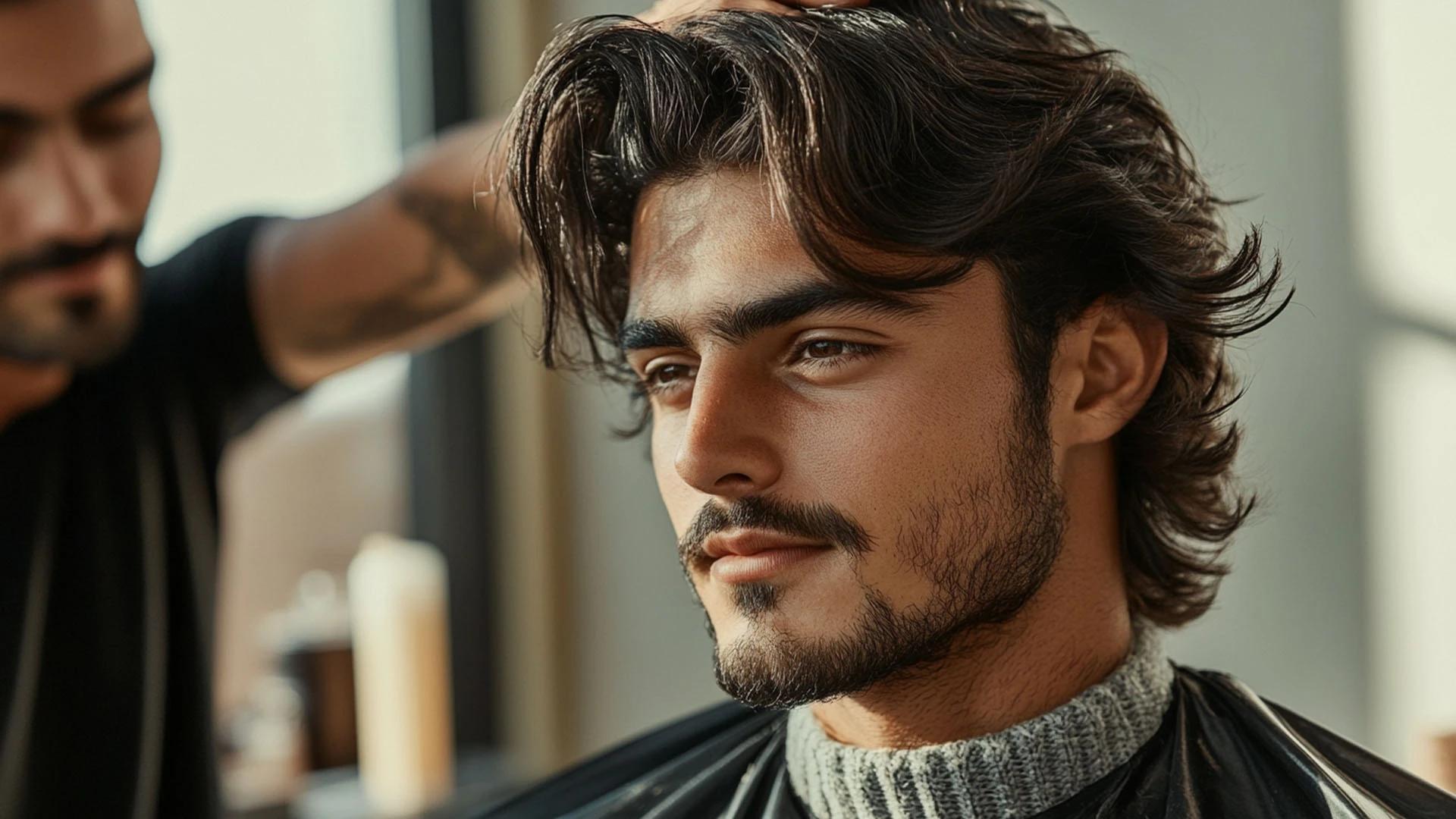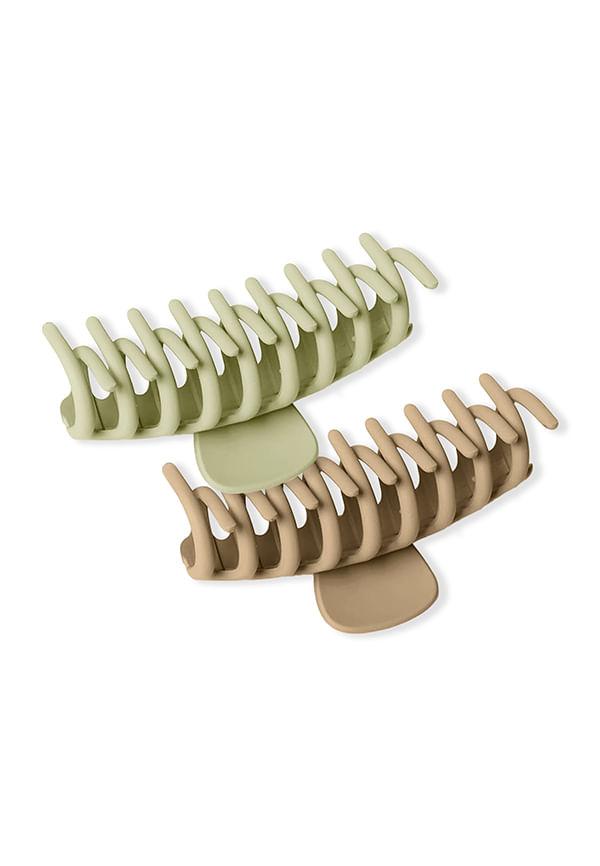Long hair can sometimes feel heavy and lifeless, but the **feather cut** is your answer to adding movement and dimension without losing length. This textured hair technique creates wispy ends and face-framing layers that give your locks a fresh, airy feel. Think of it as the perfect compromise between keeping your long hair and getting that bouncy, voluminous look you've been craving. Whether you're dealing with fine strands that need body or thick hair that needs weight removed, this lightweight haircut might just become your next fave styling solution.
Understanding the Feather Cut Technique
The **feather cut for long hair** is essentially a hair thinning technique that creates layers with graduated lengths, giving your hair a feathered appearance. Unlike blunt cuts, this method focuses on creating seamless transitions between lengths, making your hair look naturally voluminous and textured.
What is a Feather Cut?
A feather cut is a **layered haircut** where hair is cut at different angles to create soft, wispy layers that blend together. The technique involves point-cutting and razor work to create texture and remove bulk. Your hairstylist will work section by section, creating layers that feather outwards, hence the name. This creates natural movement and prevents that heavy, triangular shape that long hair sometimes gets.
Benefits of a Feather Cut for Long Hair
This technique is worth a try for several reasons. It adds **volume for long hair** without sacrificing length, creates natural movement, and makes styling easier. The layers help distribute weight evenly, so your hair doesn't feel as heavy. Plus, it works brilliantly for most hair types and face shapes when customised properly.
Preparing for Your Feather Cut
Before you start snipping away, proper preparation is key to achieving that perfect feathered look. Getting your tools ready and preparing your hair properly will make the cutting process smoother and help you achieve better results.
Essential Tools for a Feather Cut
You'll need sharp hairdressing scissors, a razor or thinning shears, sectioning clips, a fine-tooth comb, and a spray bottle with water. Professional-grade tools make a real difference in the final result. Sharp scissors create clean cuts, while thinning shears help blend layers seamlessly. A good sectioning comb helps create precise parts.
Pre-Cut Hair Care Tips
Start with clean, damp hair that's been washed and conditioned. Avoid using heavy styling products beforehand as they can interfere with the cutting process. Make sure your hair is detangled completely. If you have naturally curly or wavy hair, consider your curl pattern when planning the cut.
Step-by-Step Guide to Cutting Feathered Layers
Now for the main event – creating those gorgeous feathered layers. This process requires patience and precision, so take your time with each step. Remember, you can always cut more, but you can't add length back once it's gone.


 Pack of 2
Pack of 2 Pack of 2
Pack of 2 1 unit
1 unit 1 unit
1 unit